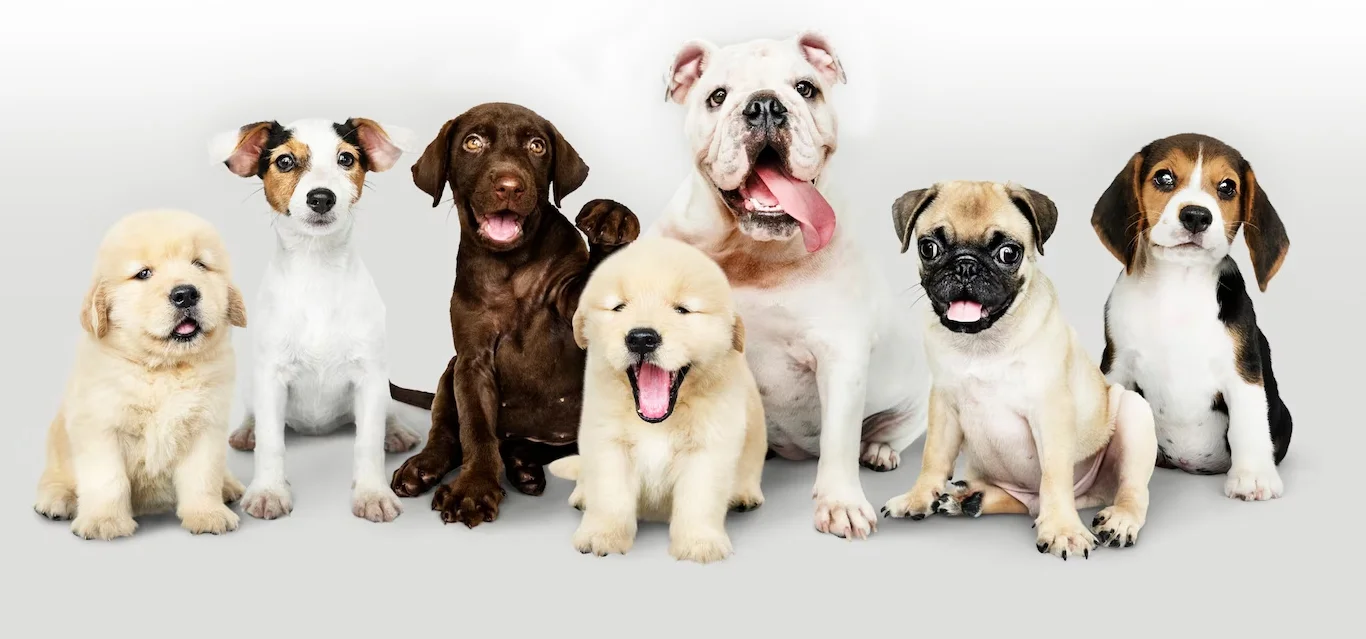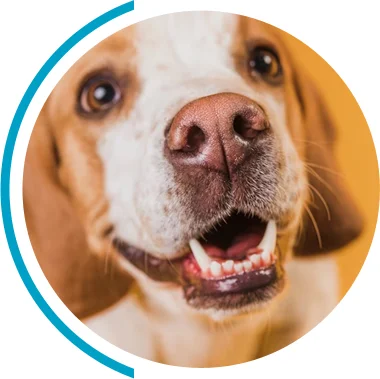Training a dog that experiences fear can be a delicate task. Understanding and addressing these fears is vital to ensuring a happy, healthy relationship between you and your furry companion. In Pasadena, dog training programs are tailored to specifically assist scared dogs, providing them with the skills and confidence they need to thrive.
Fear is a natural emotion that can affect dogs in various ways. It is crucial for dog owners to recognize the complexities of canine fear to guide their training strategies effectively. Some dogs may exhibit fear in specific situations, while others may seem generally anxious or timid. This emotional response can stem from a variety of experiences, and understanding the root causes can significantly enhance the bond between a dog and its owner.
Multiple factors can contribute to a dog’s fear, making it essential to understand its origins. Common causes include:
Each of these factors can profoundly impact a dog’s confidence and behavior. For instance, a dog that has experienced neglect or mistreatment may develop a heightened sensitivity to new experiences, causing them to react with fear even in benign situations. Additionally, the environment in which a dog is raised plays a significant role; puppies that are not exposed to various sights, sounds, and people may grow up to be overly cautious or fearful of the world around them.
Being able to identify signs of fear in your dog can assist you in addressing their needs more effectively. Common indicators include:
Understanding these signals enables owners to create a more supportive environment for their scared dogs. It is essential to observe your dog’s body language closely; for example, a tucked tail or flattened ears can indicate fear even before vocalizations occur. Moreover, recognizing the triggers that elicit these fearful responses is vital. Whether it’s thunderstorms, fireworks, or unfamiliar visitors, knowing what scares your dog allows you to prepare and potentially desensitize them to these stressors over time.
Professional dog trainers play an essential role in helping owners manage their fearful pets. Through a structured approach and expertise, trainers can offer tailored strategies that consider each dog’s unique needs.
Professional trainers employ various techniques to help fearful dogs overcome their anxieties. They focus on creating positive experiences that build confidence and reduce fear in different environments. This may involve controlled exposure to fears in a gradual manner, allowing the dog to adjust at their own pace.
Moreover, trainers educate owners about canine body language, enabling them to recognize distress signals and intervene appropriately. This guidance is crucial in avoiding inadvertently reinforcing fearful behaviors.
When seeking help for your scared dog, choosing the right trainer is paramount. Consider the following factors:
A well-matched trainer can make a significant difference in your dog’s progress and your overall training experience.
Various techniques can be implemented to assist terrified dogs, promoting a steadier emotional state and better behavior. Training should focus on gradual progress and positive reinforcement.
Building trust is foundational when working with fearful dogs. Establishing a consistent routine fosters a sense of security, while respectful interactions help dogs feel safe. Allowing your dog to approach you on their terms will encourage them to seek comfort, leading to a stronger bond.
Engaging in calm, gentle activities, like leisurely walks or playtime, can further strengthen this trust. The key is to encourage interactions without pressuring the dog, respecting their comfort zone.
Positive reinforcement training focuses on rewarding desired behaviors rather than punishing unwanted ones. This approach is especially effective for fearful dogs, as it encourages them to engage with the world in a non-threatening way.
By offering treats, praise, or toys when your dog demonstrates bravery, you can help them associate positive feelings with previously scary situations. Over time, your dog can learn new behaviors and expand their comfort levels.
After initial training sessions, maintaining progress at home is crucial for a lasting change in your dog’s behavior. Consistency and understanding from the owner are critical elements in reinforcing the skills learned during training.
Creating a safe space where your dog feels secure is integral to their emotional health. This may involve offering a designated quiet area in your home where they can retreat when feeling stressed. Soft bedding, toys, and familiar scents can create a comforting environment.
Additionally, minimizing exposure to fear triggers can help your dog gradually adapt to changes in their environment. This approach encourages a sense of security that fosters stability.
Consistency in training methods and daily care routines reinforces the ongoing training process. Utilizing the same commands, rewards, and techniques consistently can solidify learning.
Regular practice and patience are fundamental. Ensuring everyone in the household is on the same page guarantees a unified approach that supports your dog’s ongoing progress.
Transforming a fearful dog into a confident companion requires dedication, patience, and understanding. The journey is not always easy, but the rewards are immeasurable.
Successful training takes time, particularly for fearful dogs who may need extended periods to adjust and learn. As an owner, patience is paramount. Recognizing that setbacks can occur is an essential part of the learning process.
By remaining understanding and adaptable, you will create a more productive training environment. Celebrate progress, no matter how small, to keep motivation high.
As your dog makes strides toward overcoming their fears, celebrate those small victories. Recognizing and rewarding even minor successes—like approaching a new object or exploring a new space—can significantly boost their confidence.
These celebrations reinforce positive behavior and further solidify the bond between you and your pet, ensuring that your dog feels valued and supported throughout their journey to becoming fear-free.
Ready to embark on a journey towards a confident, fear-free life for your scared dog? At The Grounded Hound Canine Coaching, we understand the unique challenges you face. With a CTC from the Academy for Dog Trainers, an ABCDT from the Animal Behavior College, and specialized certifications in Separation Anxiety, we’re equipped to offer you and your canine companion the patience, kindness, and consistency needed to thrive. Our positive training methods and deep understanding of dog behavior will help build that unbreakable bridge of understanding between you and your dog. Don’t let fear hold your furry friend back any longer. Contact Us Today and let’s start celebrating those small victories together.

